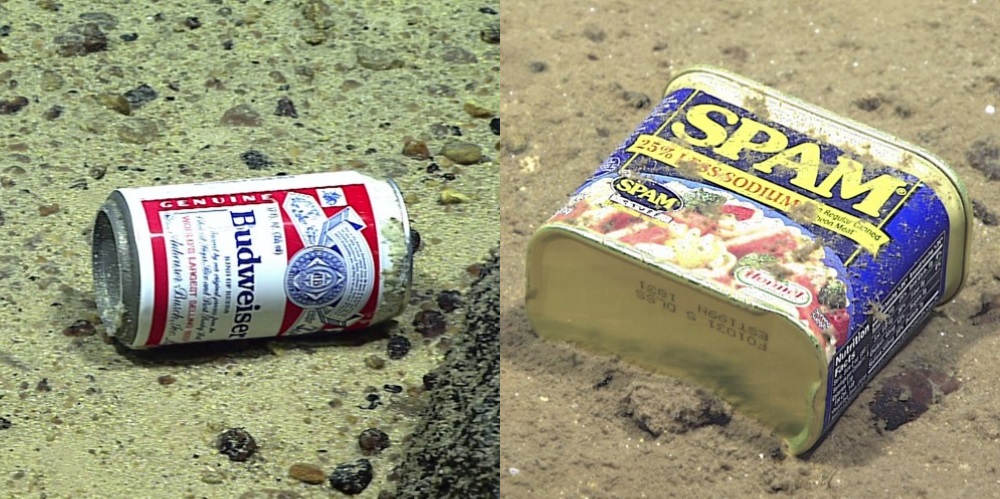This week, two questions echoed through the hallowed halls of Deep-sea Science. It began, as things these days tend to begin, with a tweet. Dr. Diva Amon challenged deep-sea researchers to show off their shrunken cups from the bottom of the abyss. And we obliged, oh but did we oblige.
Concurrently, though unrelated, Angelo Villagomez announced out symposium on Human Impacts in the Deep Sea and shared several image of the garbage that finds its way to the ocean floor. Cans of cheap beer and pristine Spam littered the deepest reaches of the Mariana Trench, where they will lie forever as they are slowly buried in sediment.

And thus we found ourselves awash in to variations on the same theme: Why did that ocean thing get crushed? and Why didn’t that ocean thing get crushed?
Read More “Things that go “POP!” in the deep: crushed cups, whole cans, and seafloor spam.” »

